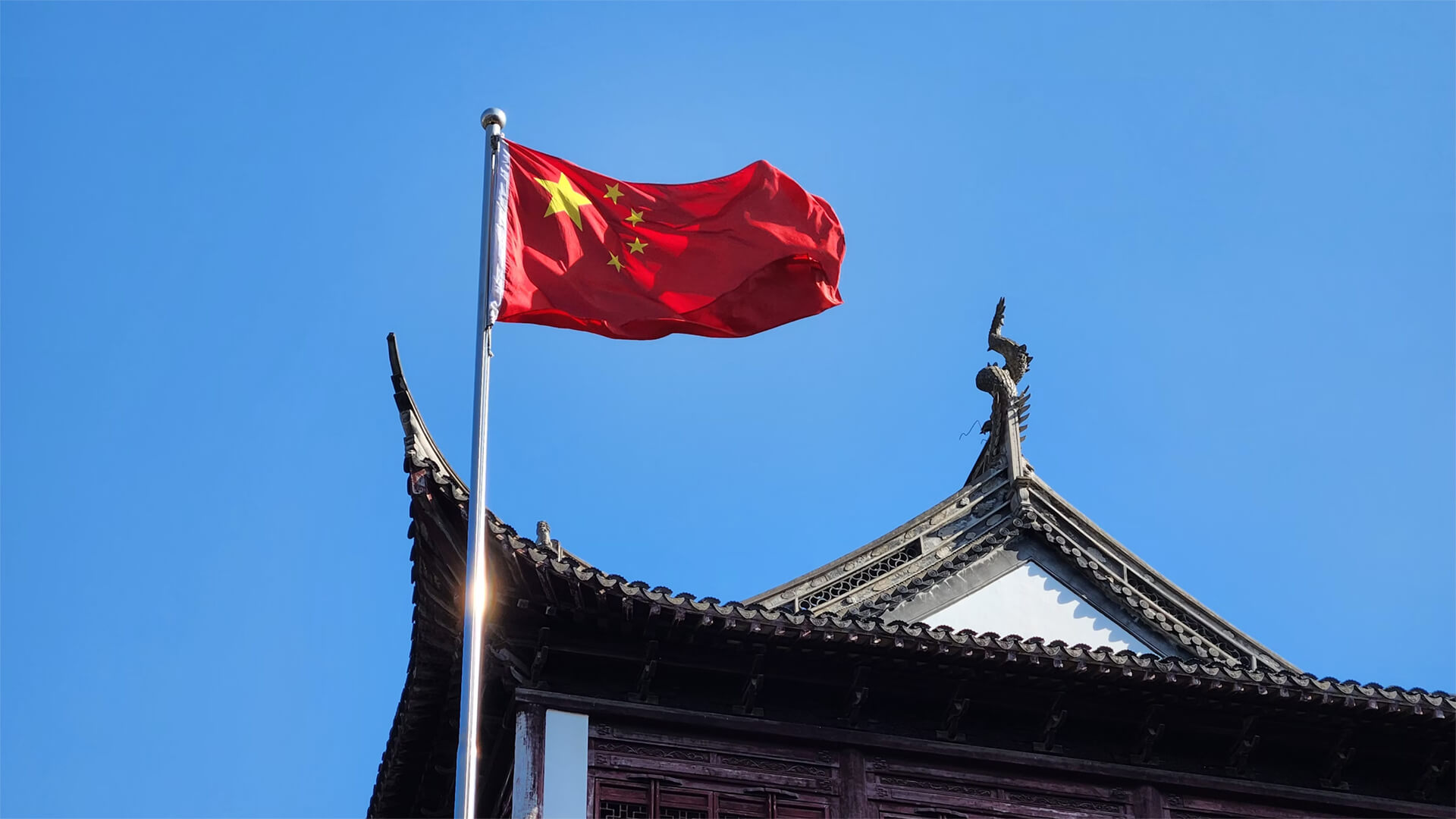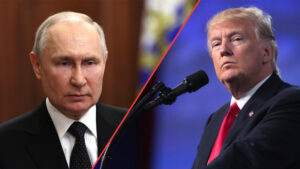Today, we’re launching into the next phase of our “Fire Hose of Chaos” series, shifting our focus from the US and onto China. Trust me, there will be no shortage of chaos in this series either.
The Chinese have built themselves up to be one of the most powerful countries in the world, but there are cracks in the foundation. The demographic issue is the largest crack, thanks to rapid industrialization, urbanization, and the one-child policy. And then the other issues start to pile on.
An aging and shrinking workforce has left Chinese manufacturing uncompetitive. Decades of financial mismanagement has created a fragile and unsustainable economy. Chinese agriculture is massively inefficient. And don’t get me started on the Yuan and the capital situation.
Get ready for a whole lot of dysfunction and chaos, because China was heading towards this scary collapse long before Trump came into the picture.
Transcript
Hey all. Peter Zeihan here come to you from Colorado. For the last couple of weeks, we’ve been doing a series. I’ve been calling the Fire Hose of Chaos about how the Donald Trump administration’s policies are changing the American economic outlook sector by sector. And, short version is, now, a lot of you on Patreon have written in and said, hey, hey, hey, we don’t want to talk about the United States anymore.
Think about the rest of world. I’m just like, you know, patience, grasshopper. We start at the top with the future of the most powerful country and the most powerful economy. And then we’ll move on to number two. And that’s what we’re gonna do this week. We’re going to start talking about China. Now, for those of you who need the refresher before we go into all of the details of the day, China is in a really bad spot.
There are many, many, many problems, but the dominant one is demographics. Birth rates have been so low for so long for a mix of reasons fast industrialization, fast urbanization, and the one child policy that China’s birth rates have now been below that of the United States since 1991. Their population probably slipped below India, sometimes between 10 and 15 years ago.
China’s own statisticians think now that they’ve over counted by at least 100 million people, maybe as many as 300 million. And best guess is, at the moment there are more people over age 53 than under, and all kinds of things come from that. But for the purpose of the firehose series, I think the single biggest one is that the Chinese are longer economically competitive in any manufacturing subsector.
Once you factor out the fact that they’ve actually built the industrial plant, which is $37 trillion, that’s not nothing. But their labor force has gotten older and smaller without getting enough better. And so now we have labor costs per unit of production in China that are two and three times what they are in Mexico. And the Mexican labor is more highly skilled.
So anything that leaves China doesn’t come back and the tariffs are absolutely going to accelerate that process. And this carries on into everything else. And there are many other problems. Consider finance for example, the Chinese have increased the amount of credit in their system by a factor of 40,000, since 2000, which is like far more than Enron ever did.
And that leads to a collapse sooner or later, probably sooner, now that we’ve got the trade tensions and that shapes everything else. So, for example, if you just continue to expand your money supply, like China has, to the point that it’s triple in absolute terms what the U.S. money supply is, and they’re not even a traded currency.
You start turning capital into a political asset rather than an economic one. And when you spend an economic assets like it’s a political force, you don’t do it on anything that is really worthwhile. So the Chinese use it to ensure mass deployment so that their people are quiescent. That only work so long is that there’s something for them to do.
It also creates the housing sector, which is a legion of ghost cities, and it makes every economic sector they have remarkably in efficient, with the worst one being agriculture on a capital rated basis. The Chinese agricultural sector is the least efficient agricultural sector in human history. And it’s completely dependent on foreign inputs. You put all this together, and there was no way that the People’s Republic of China was going to survive as a unified government.
And there’s no way that China, as a state would survive as a unified country just like 8 to 10 years from now. And that is before Donald Trump arrived. Now they have a lot less time. We’ll go through some of the specifics starting tomorrow.








